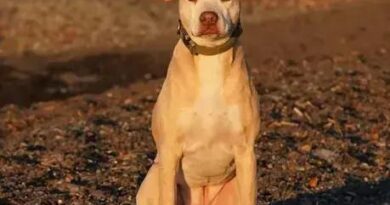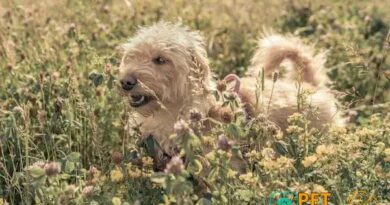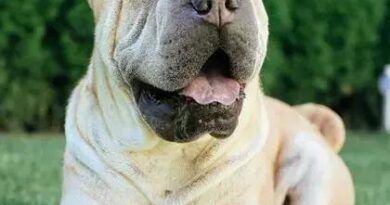What is fur color genetics
Understanding Fur Color Genetics
Fur color genetics is a fascinating field that explores how the color of a dog’s fur is determined by its genetic makeup. The colors and patterns seen in dogs are the result of complex interactions between various genes. These genes control the production of pigments, which ultimately dictate the fur’s appearance. Understanding these genetic principles can help breeders make informed decisions and can also assist dog owners in understanding their pets better.
The Basics of Pigmentation
At the core of fur color genetics are two primary pigments: eumelanin and pheomelanin. Eumelanin is responsible for black and brown colors, while pheomelanin produces red and yellow hues. The combination and concentration of these pigments, influenced by specific genes, create the wide variety of colors and patterns seen in dog breeds. For instance, a dog with a high concentration of eumelanin may appear black, while one with more pheomelanin may have a golden or reddish coat.
Key Genes Involved in Fur Color
Several key genes play crucial roles in determining a dog’s fur color. The A locus, for example, influences the distribution of black and red pigments. The B locus determines whether a dog will have black or brown fur. Additionally, the E locus affects the expression of these pigments, allowing for variations such as sable or agouti patterns. Understanding these genes helps breeders predict the potential fur colors of their litters.
Patterns and Markings
In addition to solid colors, many dogs exhibit patterns and markings that are also genetically determined. The S locus is responsible for spotting patterns, while the P locus influences the presence of brindle patterns. These patterns can add unique visual characteristics to a dog’s appearance, making them even more appealing to potential owners. Breeders often select for specific patterns to enhance the aesthetic qualities of their dogs.
Inheritance of Fur Color
Fur color inheritance follows Mendelian principles, where dominant and recessive alleles interact to produce various phenotypes. For example, a dog with one dominant allele for black fur will typically display black fur, even if the other allele is for a recessive color like brown. This inheritance pattern can lead to unexpected fur colors in offspring, making it essential for breeders to understand the genetic backgrounds of their breeding pairs.
Environmental Influences on Fur Color
While genetics plays a significant role in determining fur color, environmental factors can also influence a dog’s coat. Factors such as sunlight exposure, diet, and overall health can affect the vibrancy and condition of a dog’s fur. For instance, a dog that spends a lot of time outdoors may develop a lighter coat due to sun exposure, while a poor diet may lead to dull or unhealthy fur.
Genetic Testing for Fur Color
With advancements in veterinary genetics, genetic testing has become a valuable tool for dog breeders and owners alike. These tests can identify specific genes responsible for fur color, allowing breeders to make informed decisions about pairings. Additionally, genetic testing can reveal potential health issues associated with certain color genes, helping owners take proactive measures to ensure their dog’s well-being.
Common Misconceptions
There are several misconceptions surrounding fur color genetics in dogs. One common myth is that certain colors are inherently linked to specific breeds. While some breeds may be more prone to particular colors, genetics is complex, and many factors contribute to a dog’s appearance. Another misconception is that all dogs of the same breed will have the same fur color, which is not true due to the diverse genetic backgrounds within breeds.
The Future of Fur Color Genetics
As research in canine genetics continues to evolve, our understanding of fur color genetics will likely expand. New discoveries may lead to more precise breeding practices and a deeper appreciation for the genetic diversity within dog breeds. This knowledge not only benefits breeders but also enhances the bond between dogs and their owners, as they gain a greater understanding of their pets’ unique characteristics.




